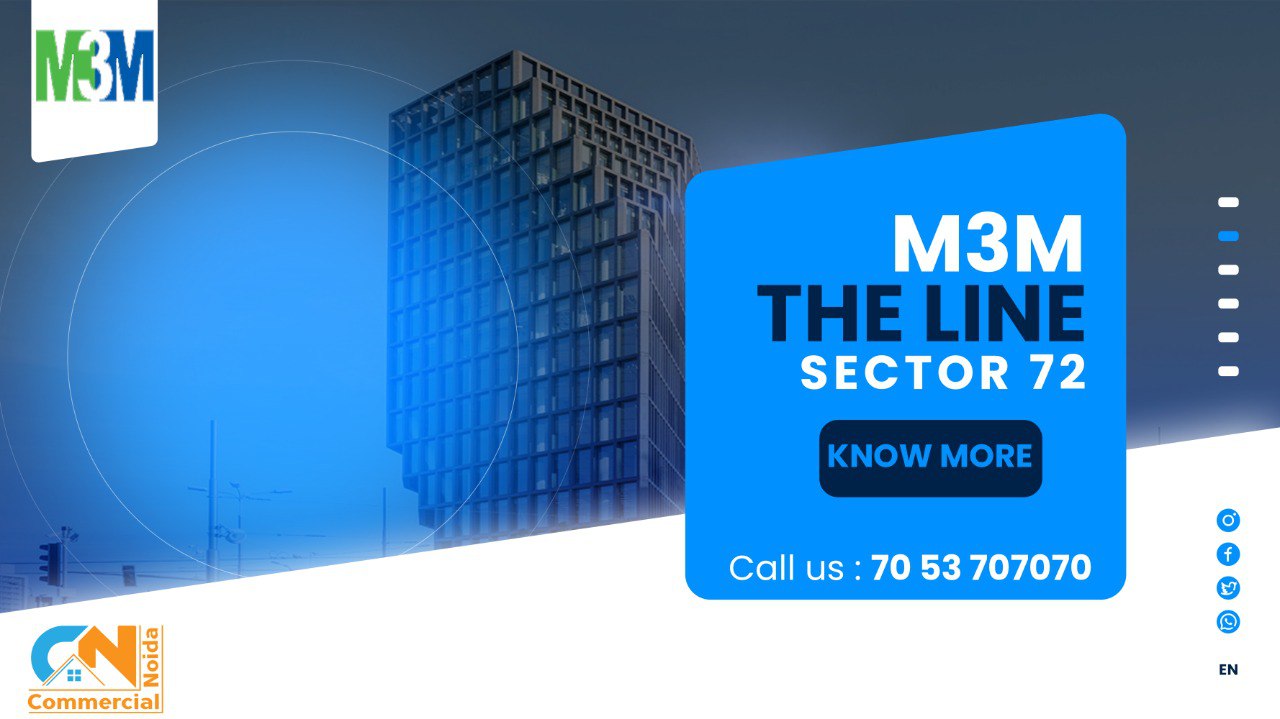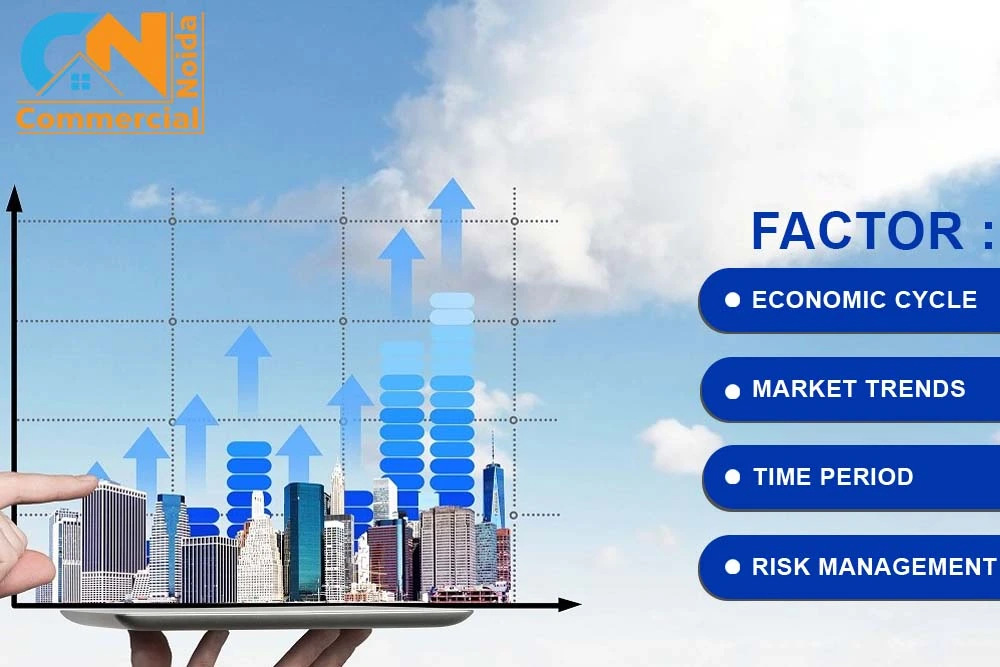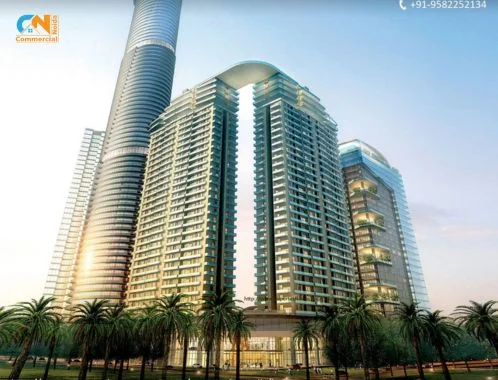
Why subvention payment plan was called a scam ?
The key to success in real estate marketing is affordable housing schemes. If a developer wants to sell his projects easily, he just has to sell them in the name of affordable housing with a lucrative payment plans. One such plan was in the market till 2019, before getting banned by the RBI.
We are talking about the Subvention Payment Plan. Under the subvention scheme, the buyer was generally required to pay only 10 percent of the total project cost, and the rest of the amount after receiving possession of the flat.
The scheme was so lucrative and amazing for those who couldn’t afford to pay both rent and EMI at the same time that it attracted lakhs of homebuyers, leading to a huge surge in real estate demand at that time.
But even if it was an amazing scheme, why did the RBI ban it, and why did thousands of homebuyers refer to it as a scam? Let’s understand all the aspects of the subvention scheme and why it was referred to as a scam.
What is a subvention payment scheme in Real Estate?
A subvention payment plan or bank subvention provides the convenience of paying 10 or 20 percent of the cost of your unit as an upfront payment, with the rest to be paid after you get possession of the unit.
Under the scheme, you, the developer, and the bank sign a tripartite agreement, where the developer used to avail of the loan for the project on behalf of all the buyers and then complete the project.
However, the agreement contained a clause stating that the buyer would not be asked for any payments until possession, and during this period, all the interest on the loan would be paid by the developer. After the buyer receives possession of the project, only then would the buyer be liable to pay the EMIs.
Is subvention scheme banned?
The RBI banned the subvention scheme in 2019 after receiving a substantial number of complaints regarding this scheme. The primary reason for the complaints was that buyers had to pay pre-EMI interest and sometimes EMIs, even if they hadn’t received possession.
The developers and bankers mutually used to manipulate buyers with a hidden clause that the subvention period would only be for 3 years. So, even if the project was delayed, consumers would still have to pay interest on their EMIs and EMIs itself after three years. This caused many homebuyers to fall into a trap.
Developers used to manipulate buyers by saying that they would pay the entire interest amount on their loan until the buyer got possession. After possession, the buyer would start paying EMIs. However, they would also mention in the agreement, often indirectly, that the subvention period would only be for three years. Even if the project was delayed, the buyer would still be required to start paying EMIs after three years.
In cases where the project wasn’t completed on time and the developer failed to pay interest to the bank, the bank would approach the buyers for the EMIs and interest accrued, as the loan was in the buyer’s name. As many buyers got caught in this manipulative scheme, it attracted backlashes from buyers, prompting the RBI to ban this scheme permanently.
Is the Subvention Scheme Still Used in Real Estate?
Yes, some developers are still using subvention schemes in real estate under different names, as the RBI has only banned bank subvention. Developers have come up with two popular alternatives: interest reimbursement and builder subvention.
Interest Reimbursement: Developers provide an option for buyers to take a loan from the bank. The interest accrued on the amount during the construction period, as mentioned in the agreement, will be paid by the developer as a prepaid cheque to the buyer.
The issue here is: Will the developer pay the extra checks in case of delay? Or will they give you an upfront discount on the units? No, because the agreement has already been finalized, and now you have to pay everything as per the agreement.
Builder Subvention: In the builder subvention plan, the builder provides an option to pay 10, 20, or 50 percent as an upfront payment, with the rest to be paid at the time of possession. In this payment plan, even if the developer fails to deliver the project on time, you are not liable for anything. Due to the increased project costs, developers will always try to complete such projects on time.
Was the Subvention Plan Really for Buyers?
The subvention plan was never primarily for buyers; it was designed to help the developers. To undertake large projects, developers needed huge investments. If they had taken loans from banks, they would have been charged 18 to 24 percent interest rates. But for buyers, the interest rate was just 7 to 10 percent.
So, the developers made this scheme with the help of banks to obtain investments at lower interest rates. They also managed to include the interest paid during the construction period within the final cost of acquisition for the buyers. Essentially, they secured investment without paying anything extra.
Why were projects delayed with the Subvention Scheme?
Due to the lucrative and extremely affordable housing scheme, housing demand surged. Developers also launched multiple projects at once. They used investments from one project for land acquisition or construction of other projects. As they were involved in several projects, the outflow of money was huge, which sometimes led to defaults or significant project delays.
Is subvention plan a good option?
Such plans are manipulative and we would recommend you not opt in for any such plan until getting it checked with professionals. Or even if you opt in due to its nature of being convenient, always go for reputed and financially strong builders.
My Opinion
I would suggest that anyone getting into such payment plans should always prefer builders with a good reputation, a solid track record, and strong financial health. It's better to go with developers who have multiple sources of income, so even during cash crunches, they can still complete the project. For reputed builders with diverse business interests, these schemes are comparatively less risky.




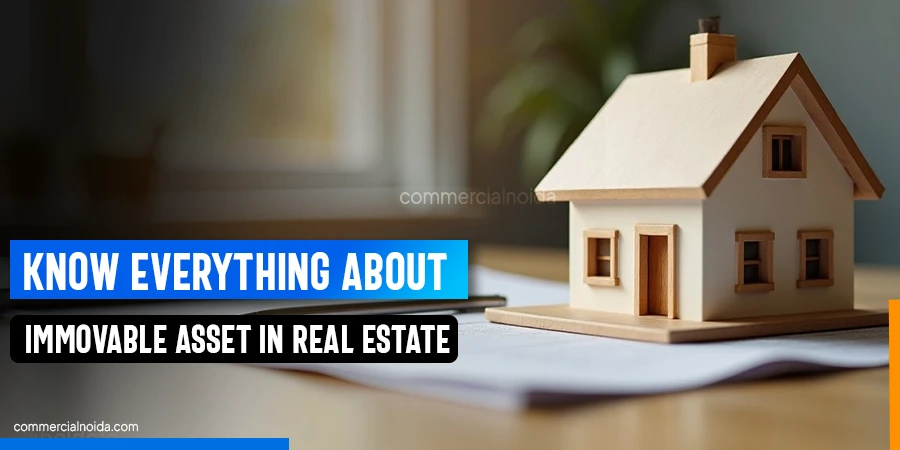




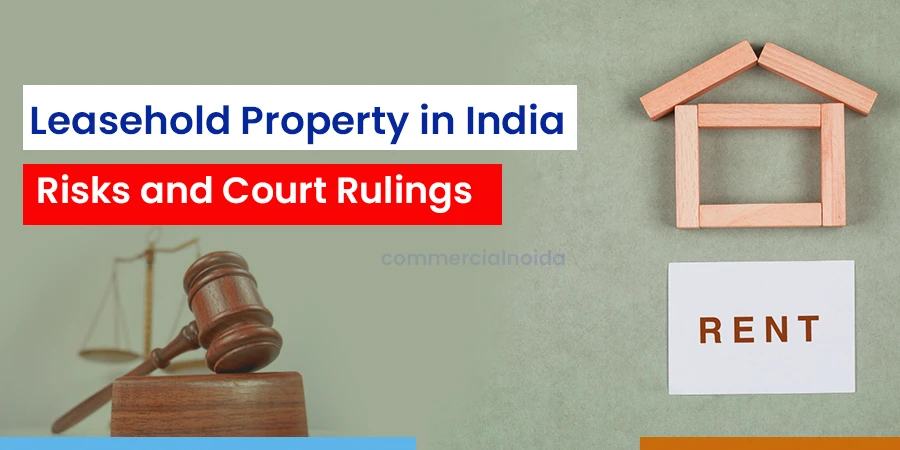








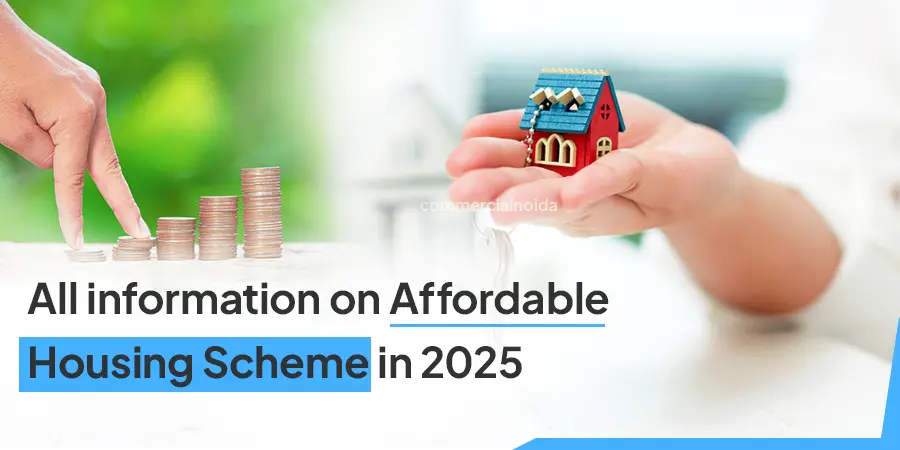




























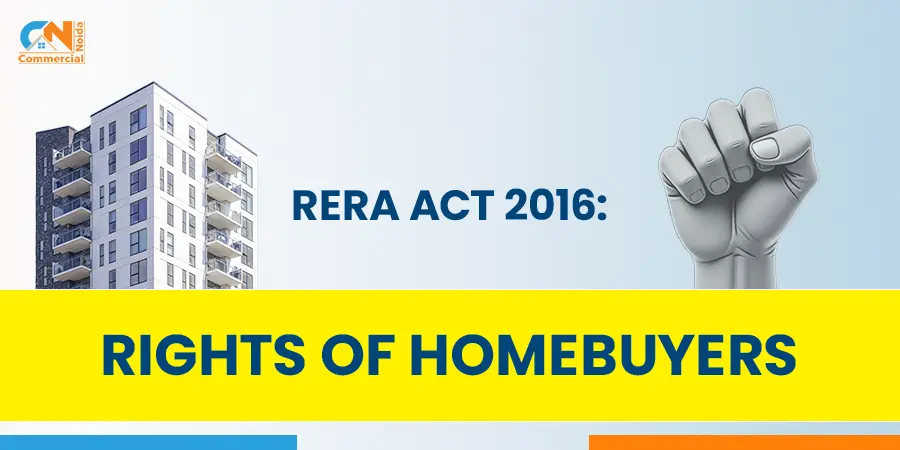











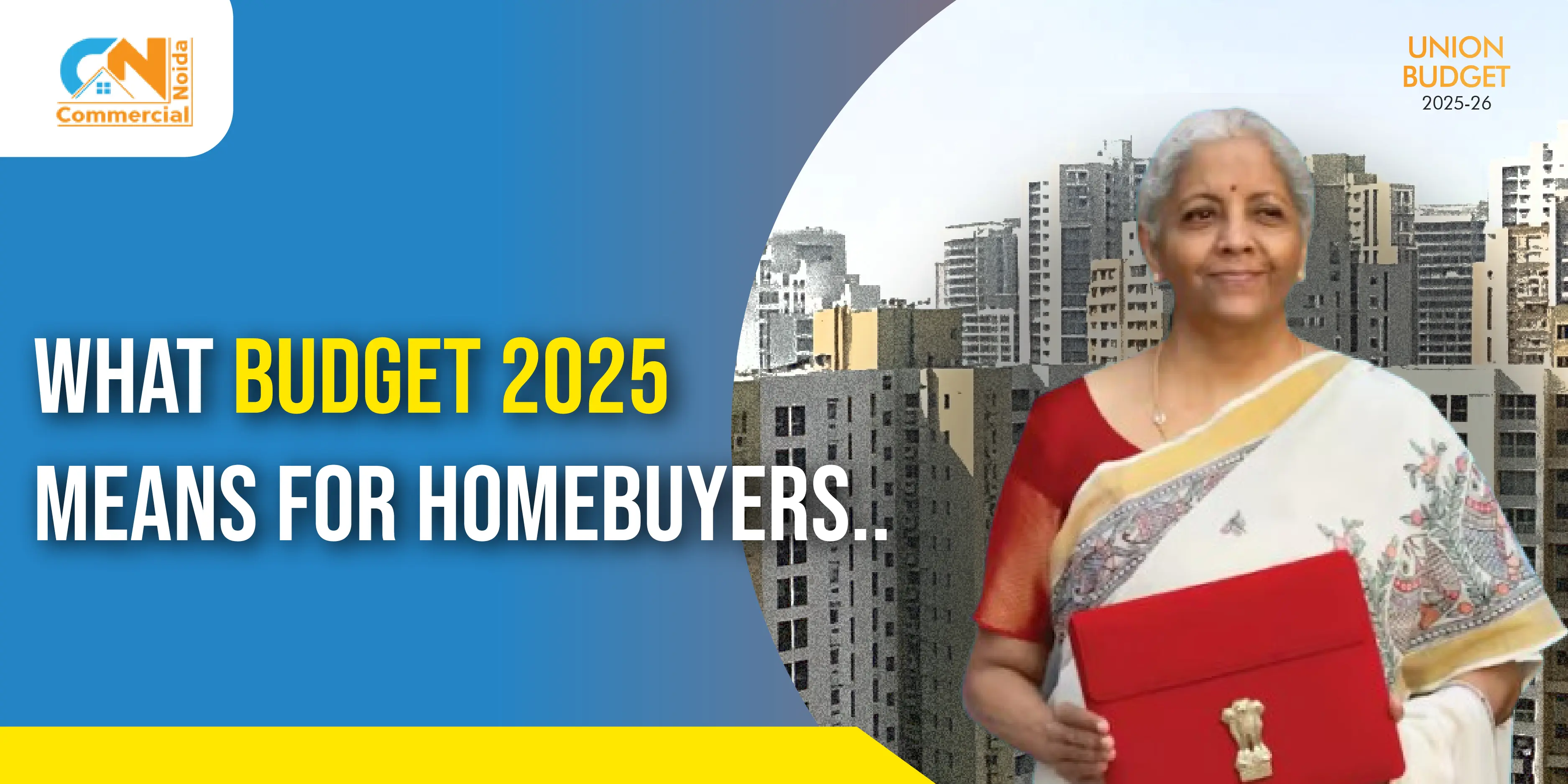



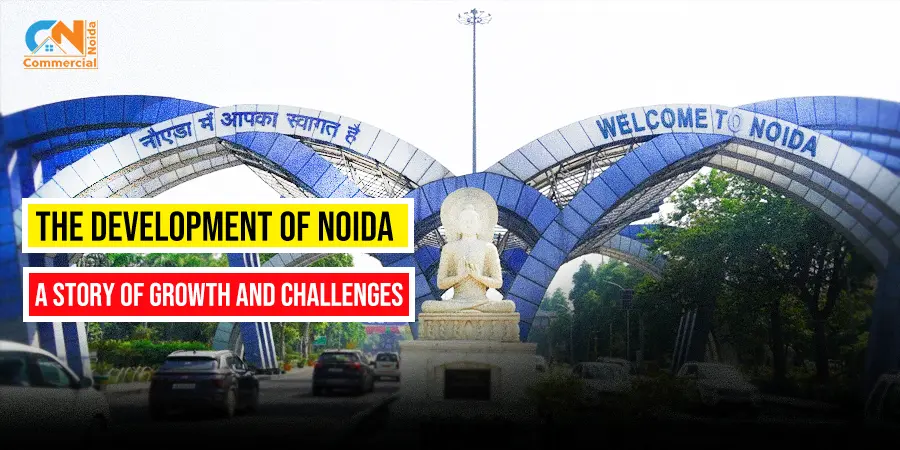
























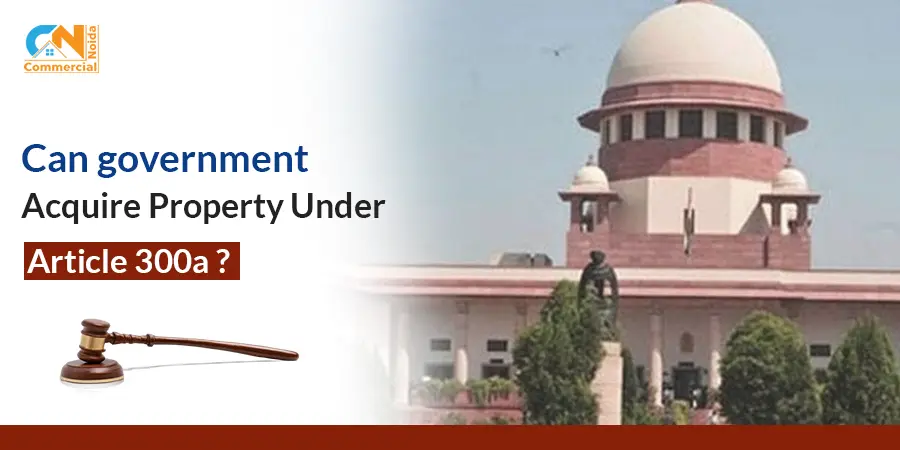








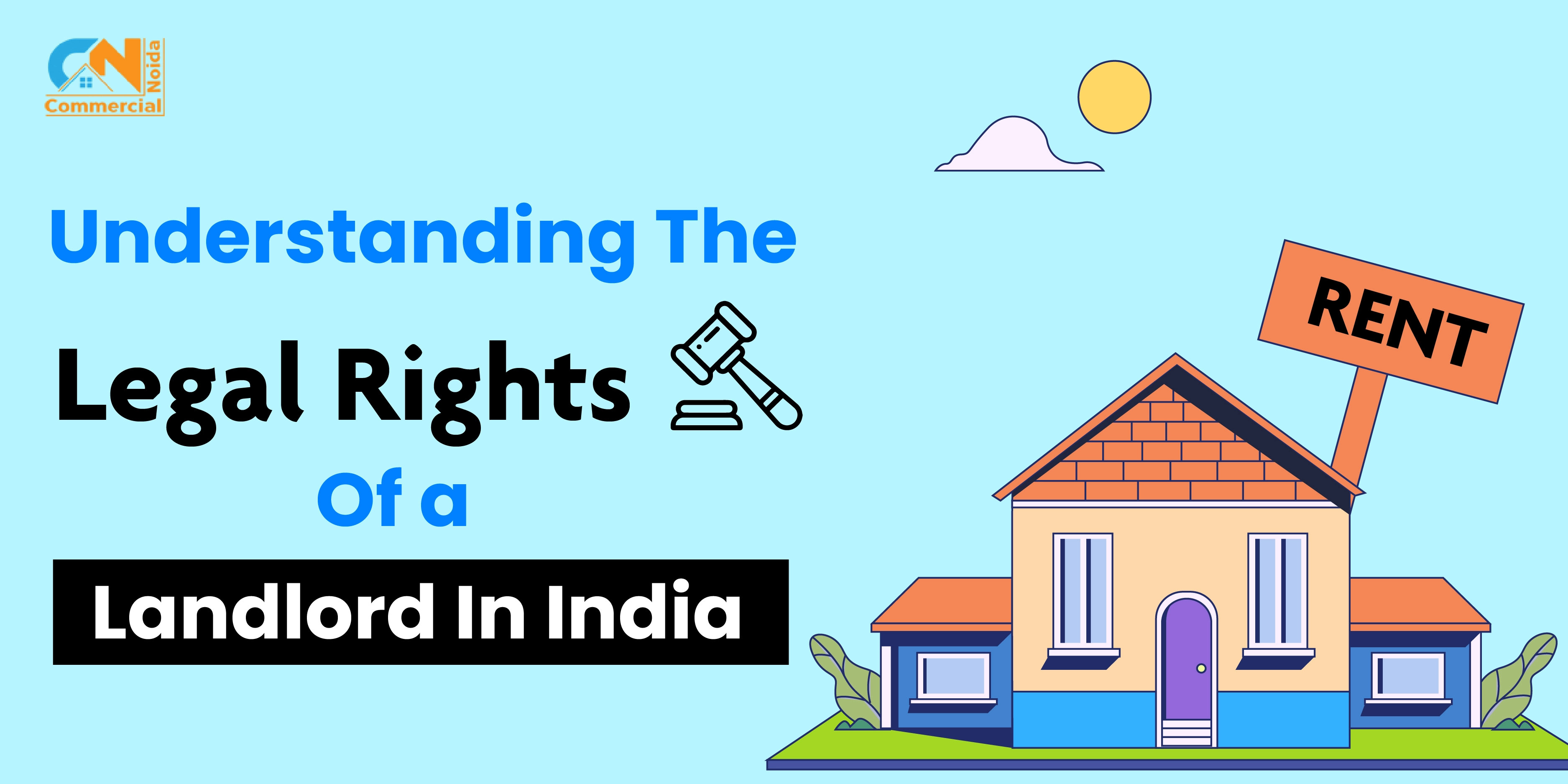





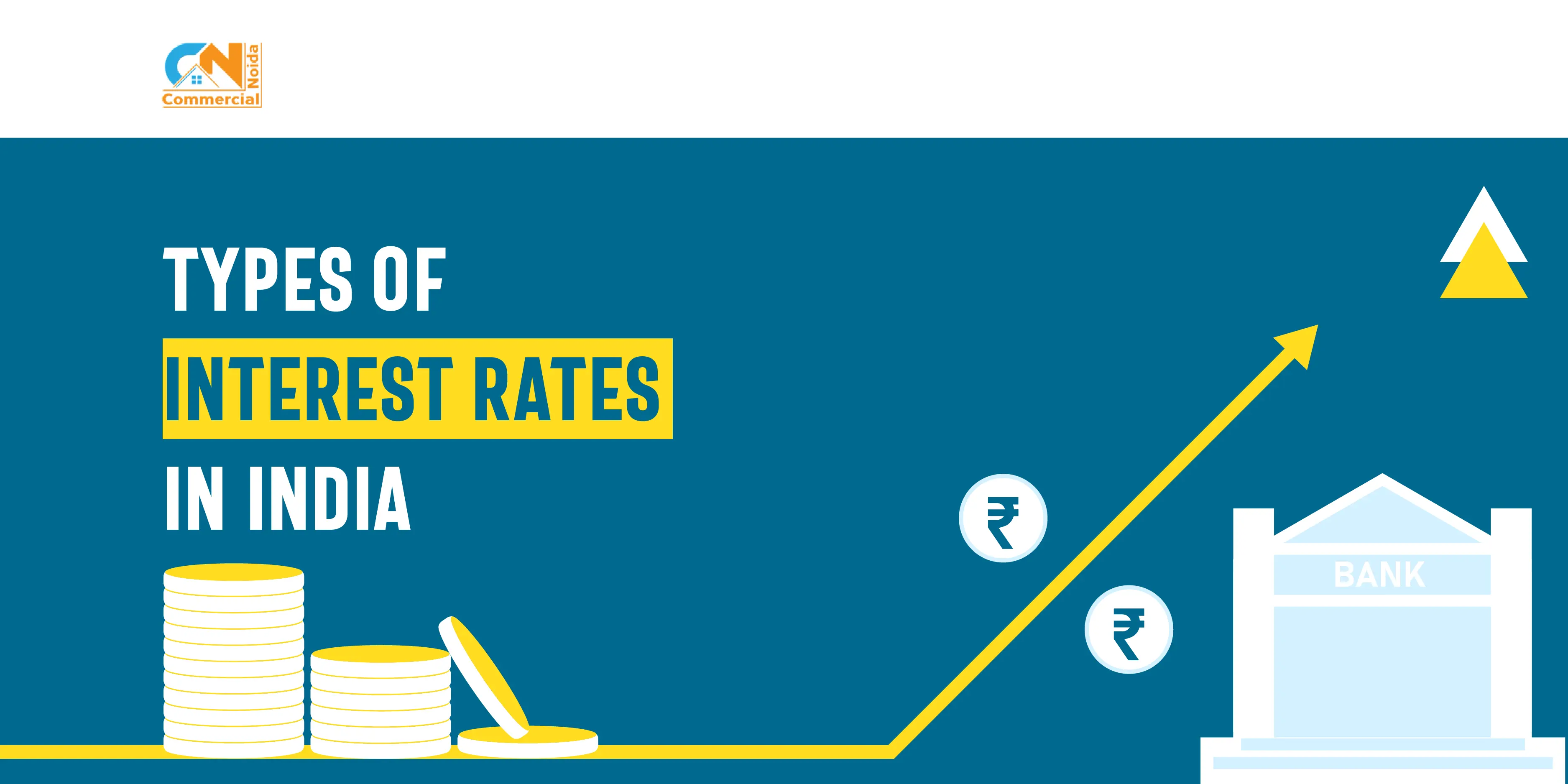








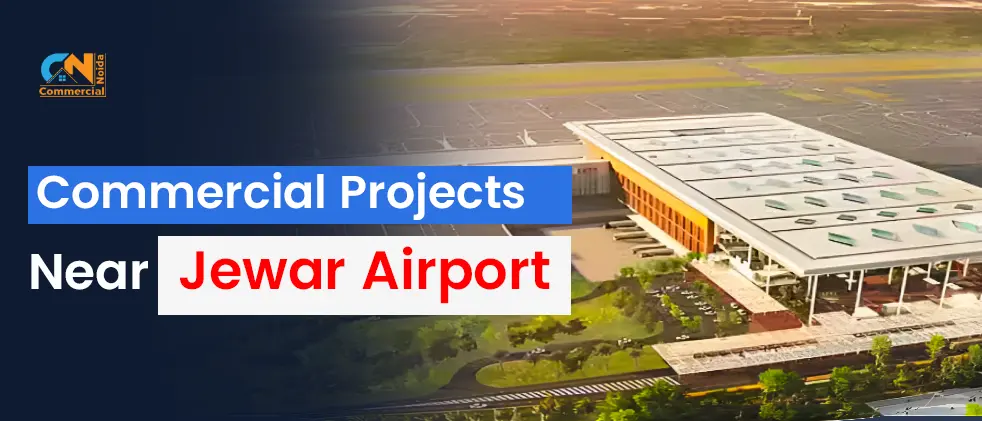









.webp)




































































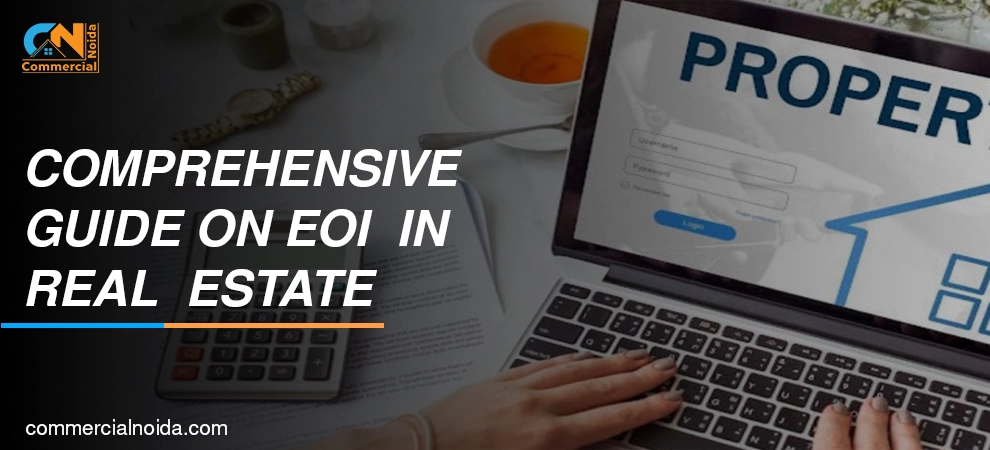

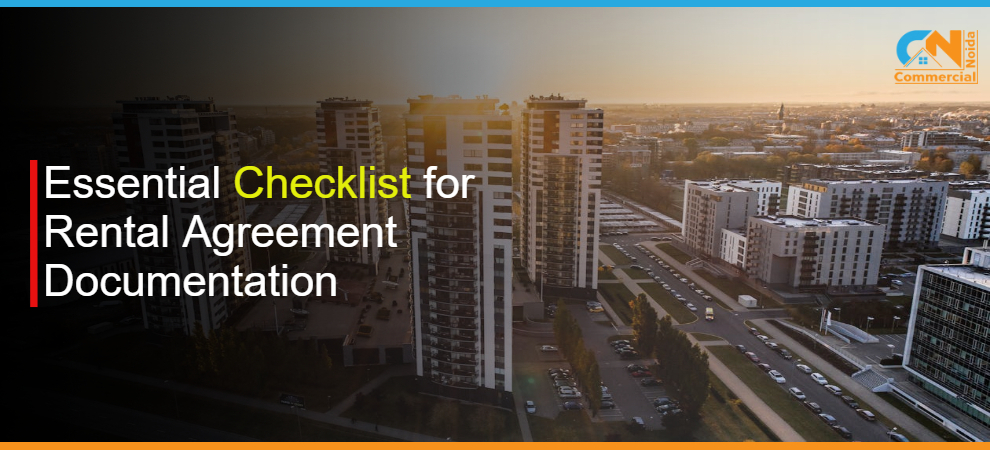















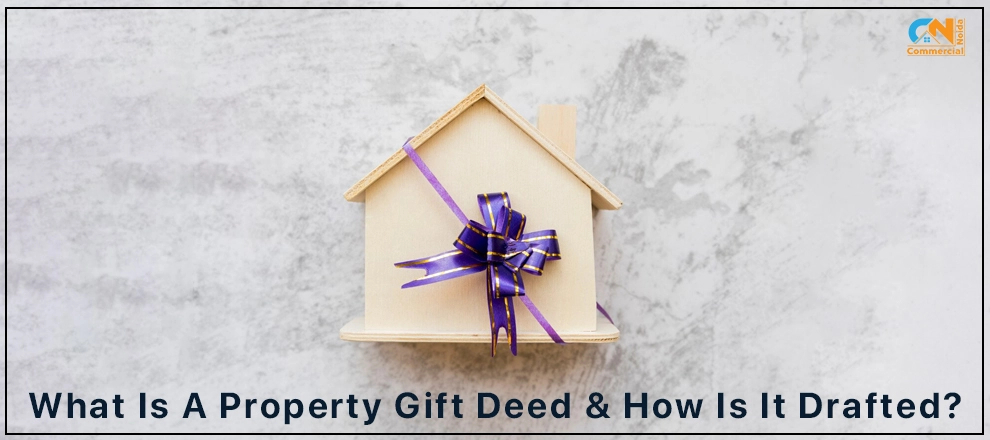










.webp)











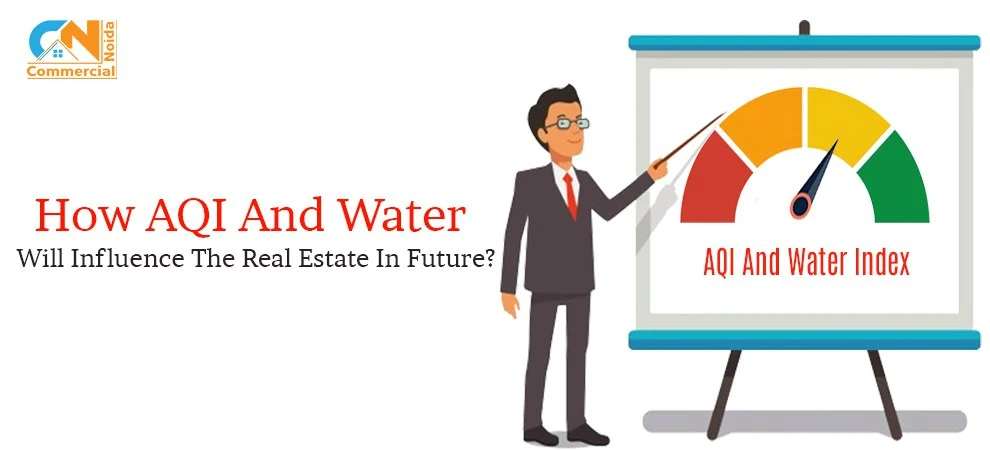


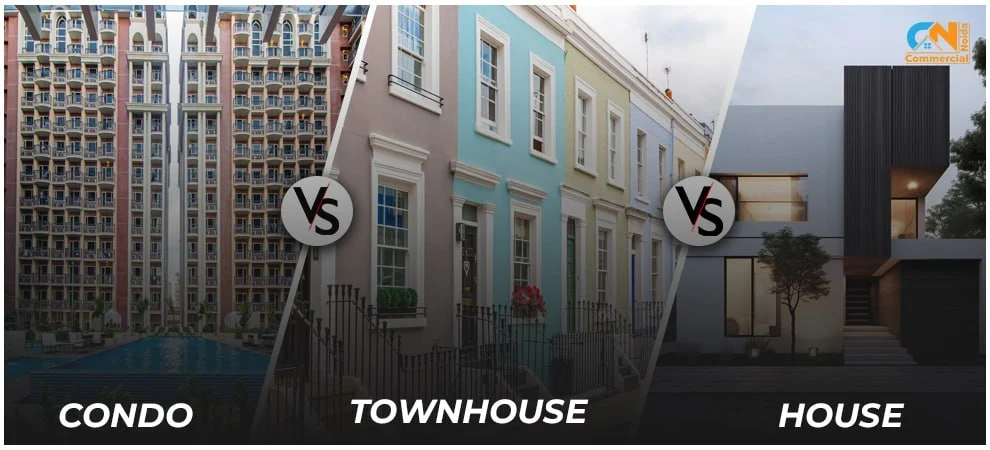






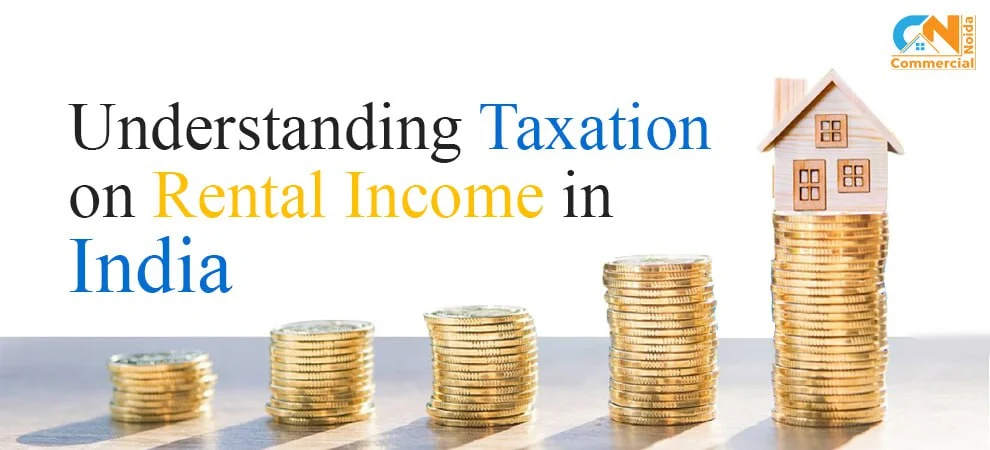






























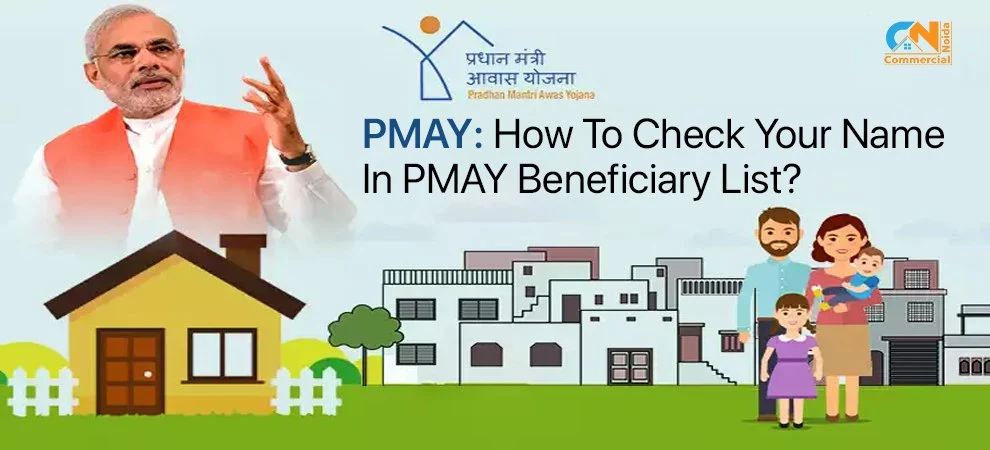



























.webp)















































